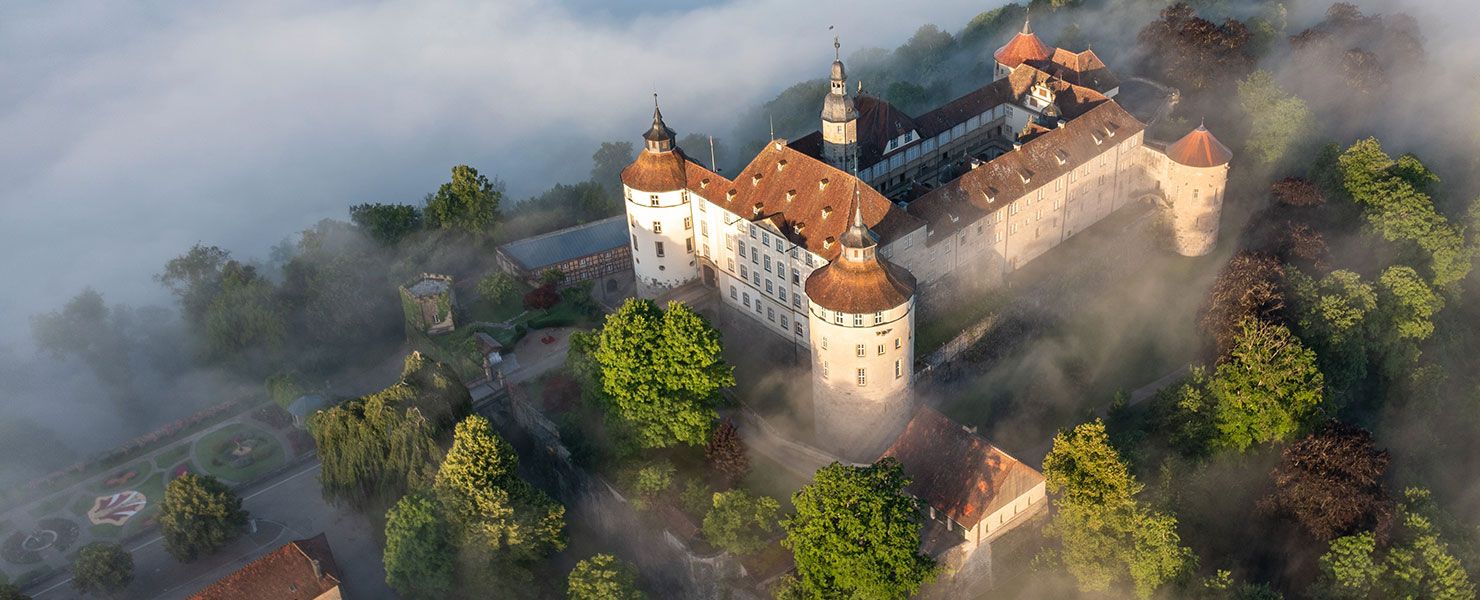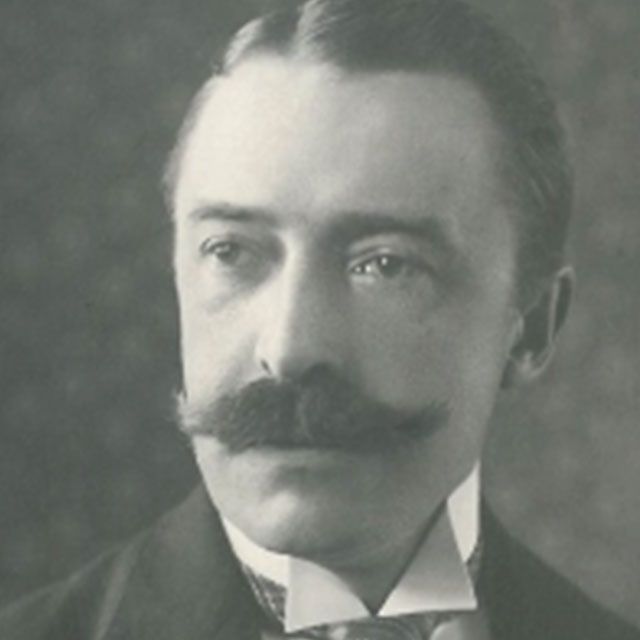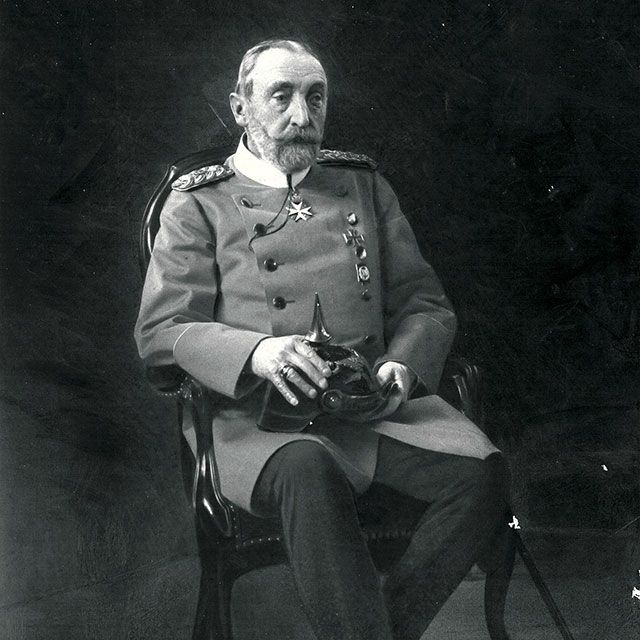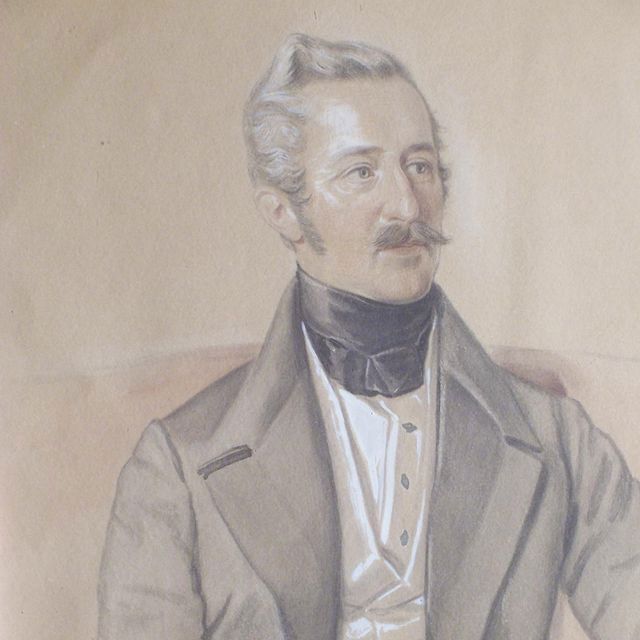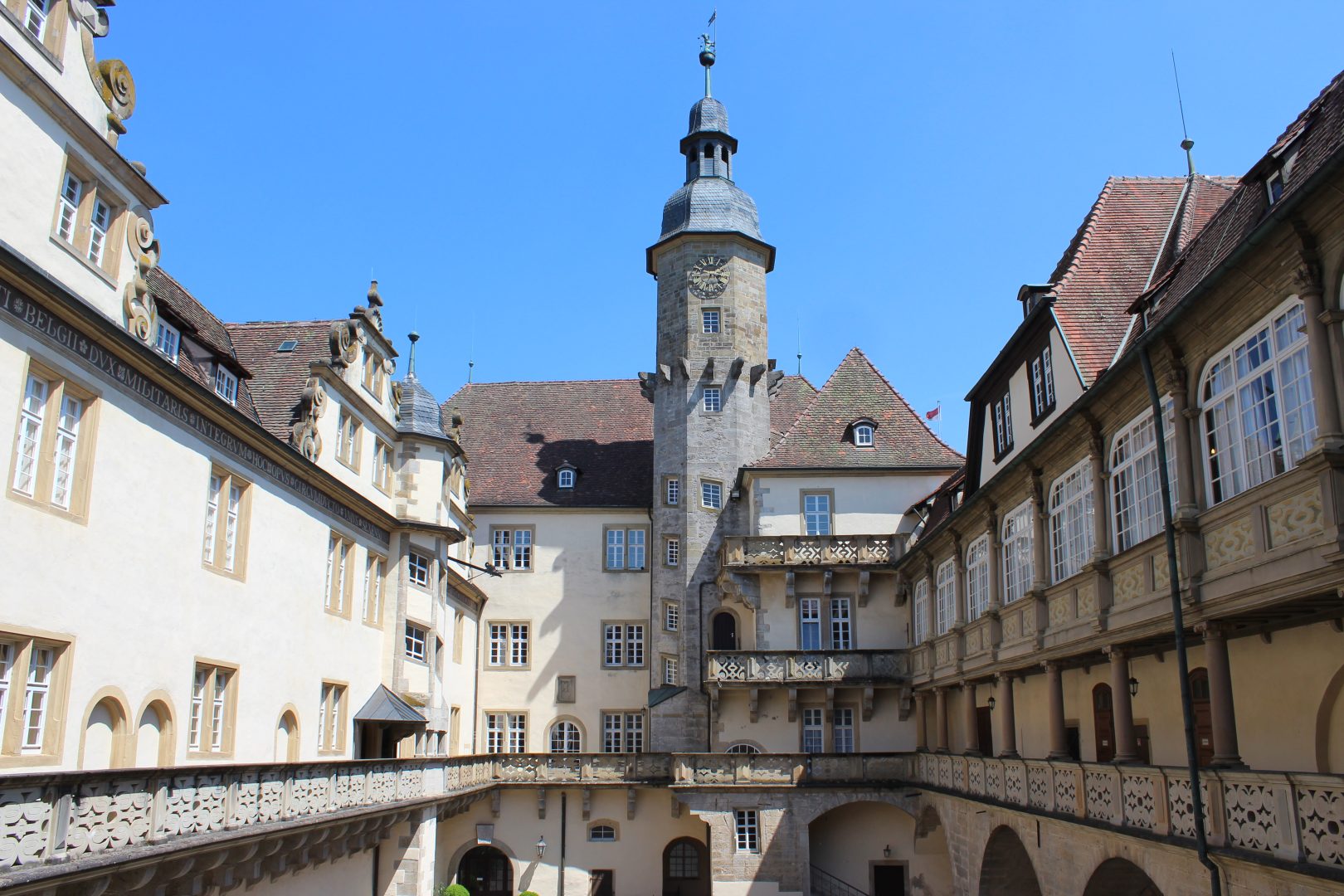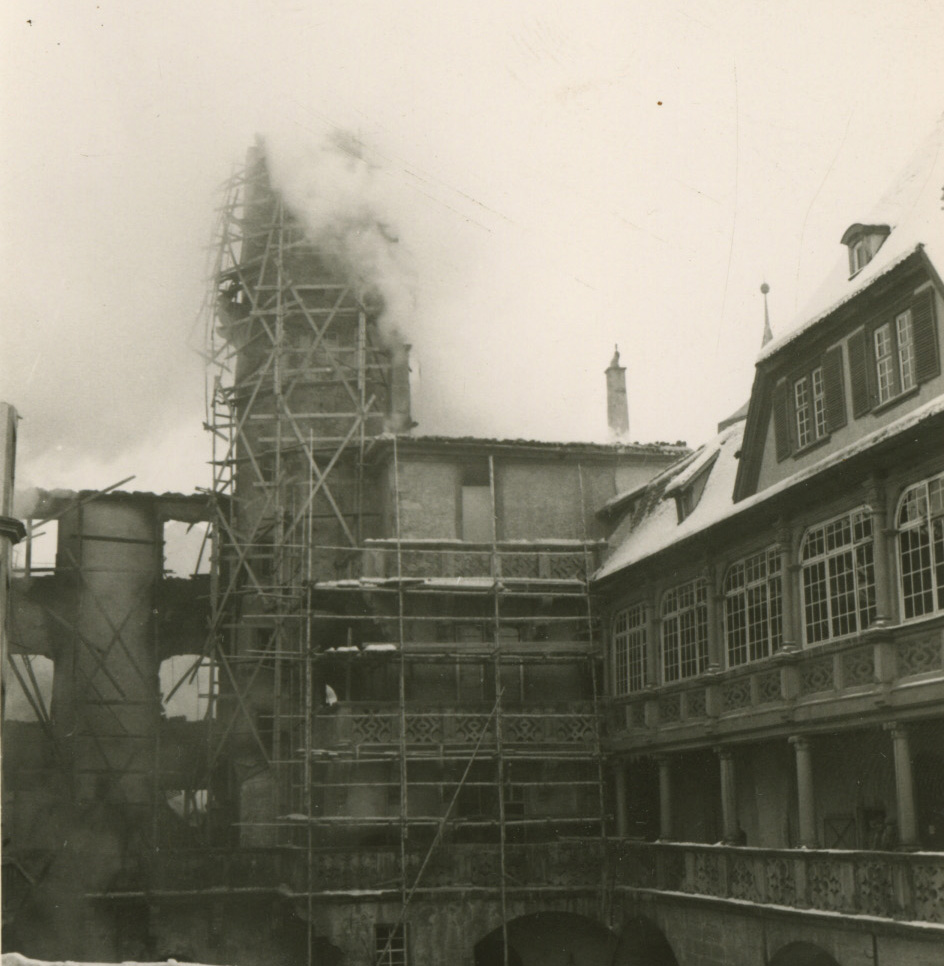Das Schloss
Willkommen auf
Langenburg castle
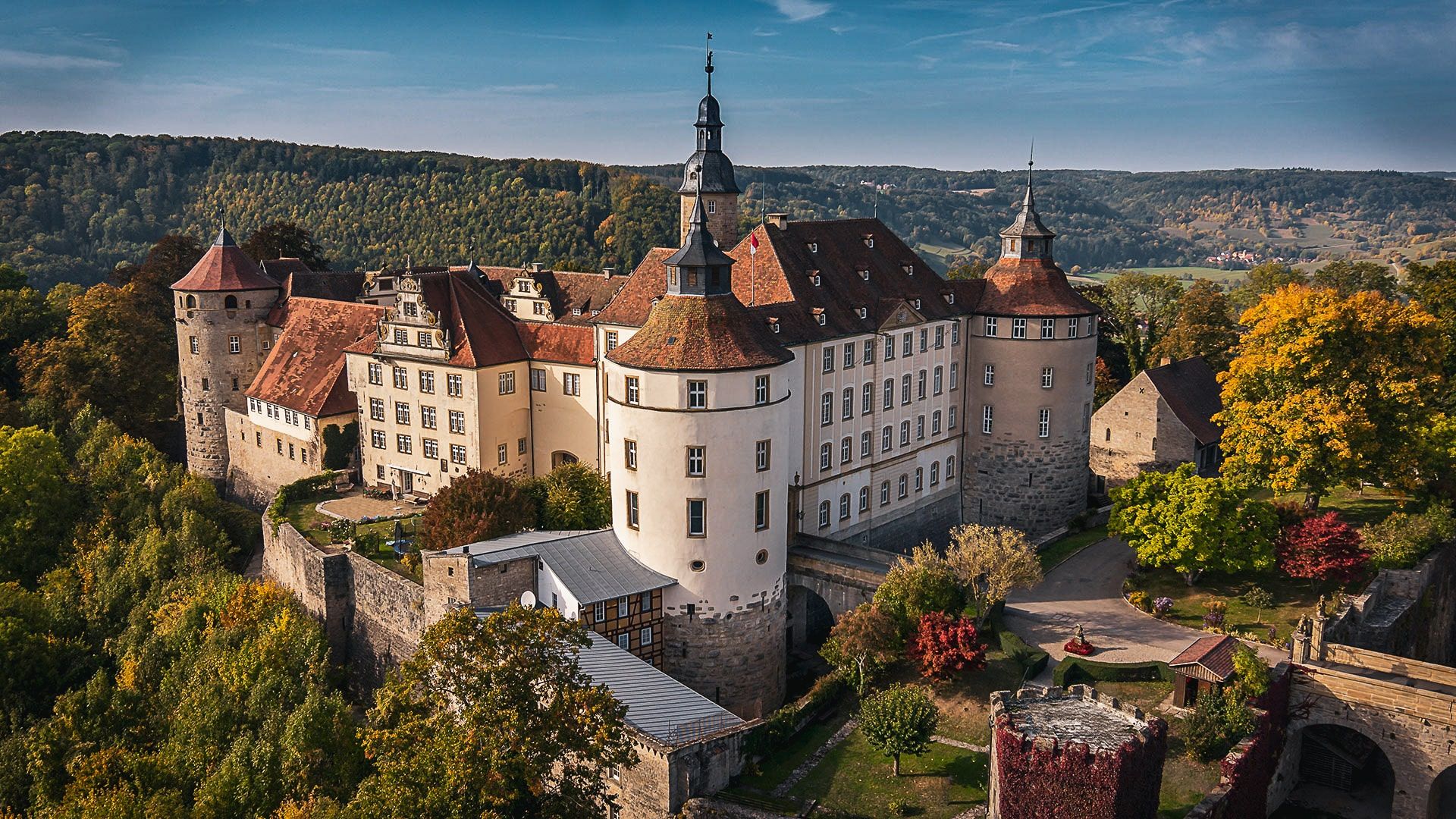
Fast 900 Jahre Stammsitz des Hauses Hohenlohe
High on a mountain spur above the small river Jagst lies Langenburg Castle, whose origins date back to the Staufer period. In the 13th century, it became the ancestral seat of the important House of Hohenlohe, which was raised to the rank of imperial count in 1450 and prince in the middle of the 18th century.
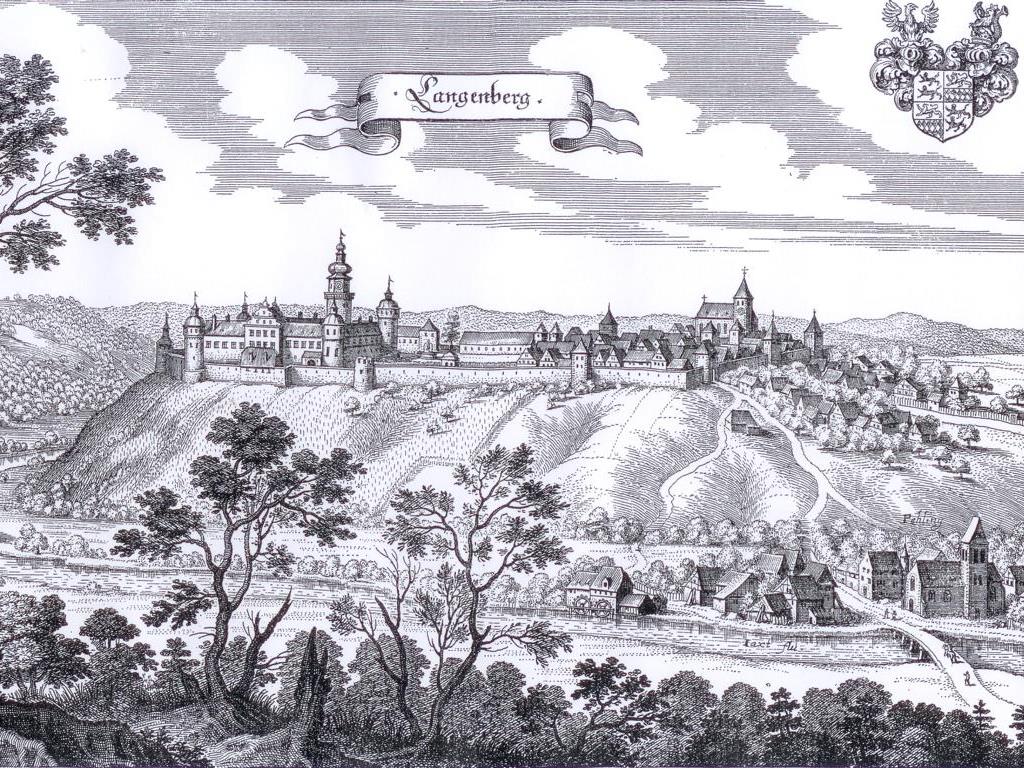
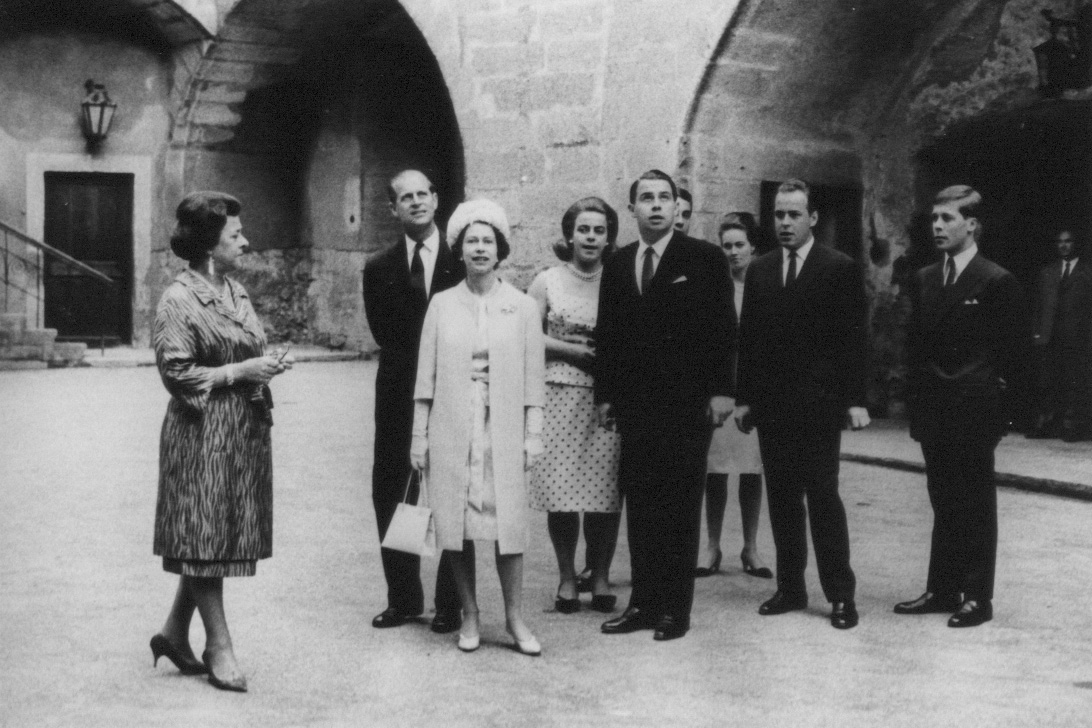
Schloss Langenburg im Mittelpunkt royaler Besuche
Langenburg Castle has been a Hohenlohe residence since the 13th century and was permanently inhabited by the Hohenlohe-Langenburg line from 1610. This makes Langenburg Castle not only the residence and seat of government of the counts and later princes, but also the setting for glamorous visits.
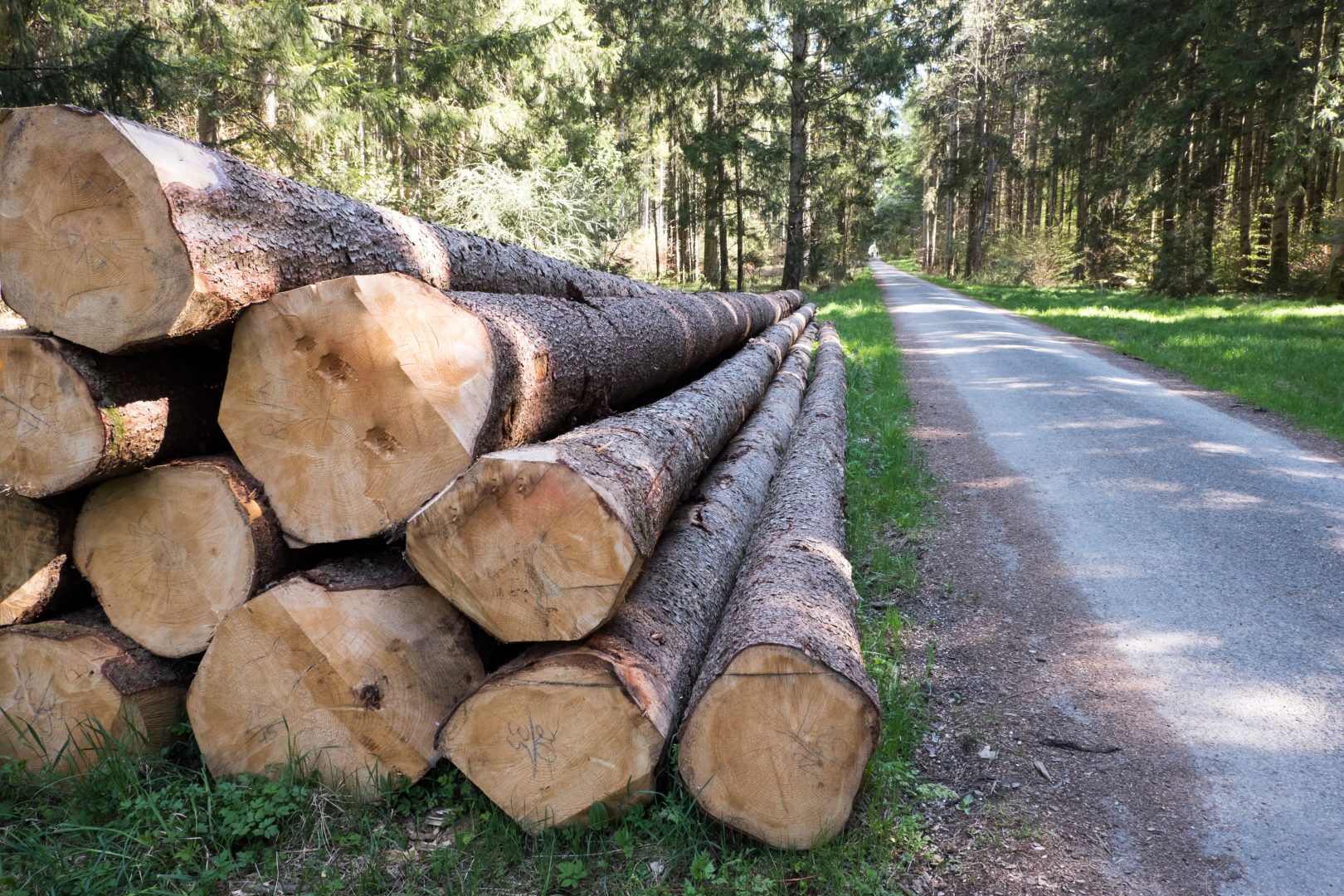
Nachhaltiges Wirtschaften für den Langenburger Forst
The Hohenlohe family has been at home in the region of the same name for more than 700 years. Planned and sustainable forestry has always been at the centre of the Princely Forestry’s entrepreneurial activities.
Discover the history & traditions of Langenburg castle
Get to know one of the most important historical cultural monuments in southern Germany in a variety of ways.
